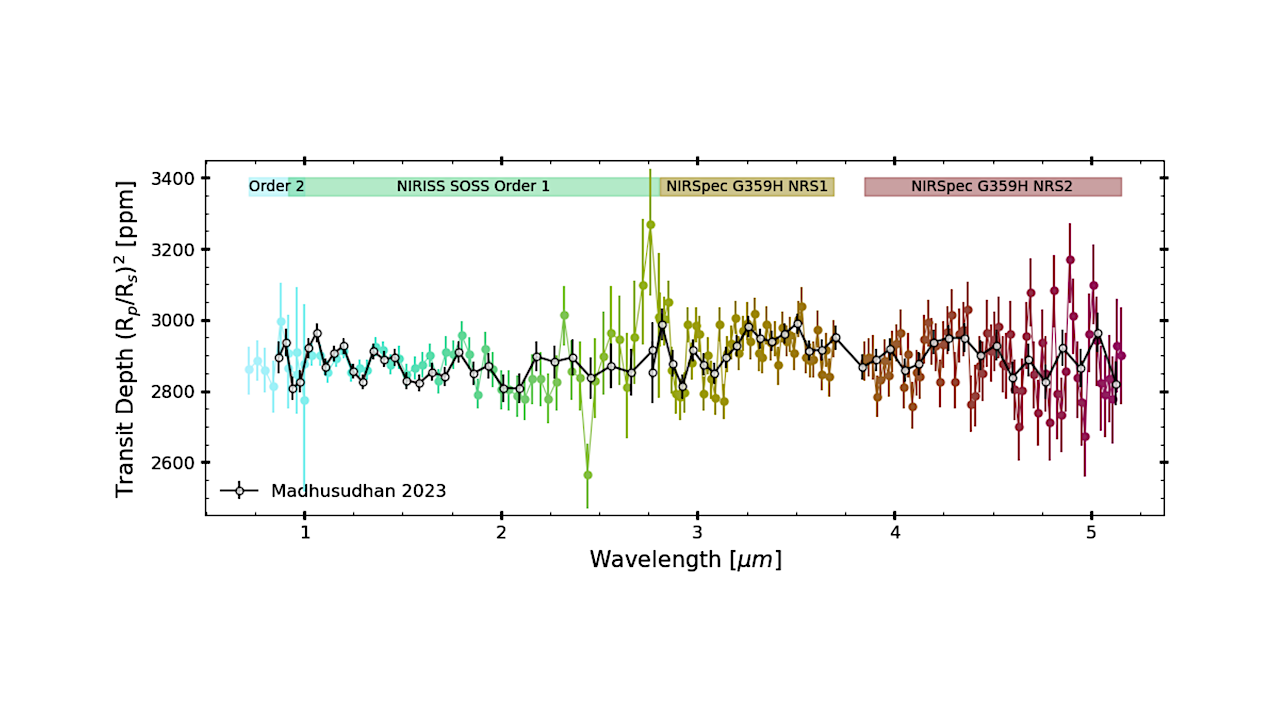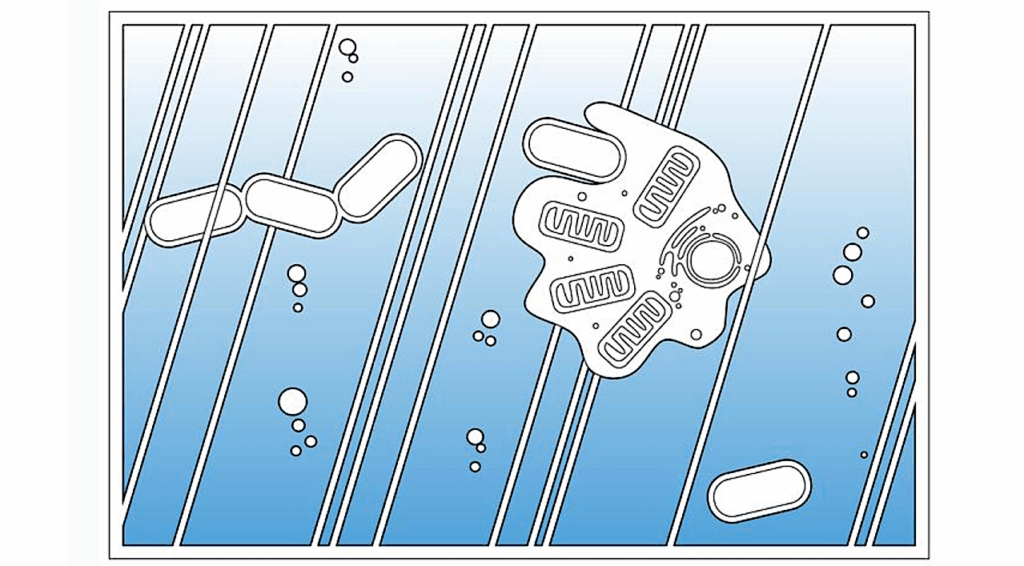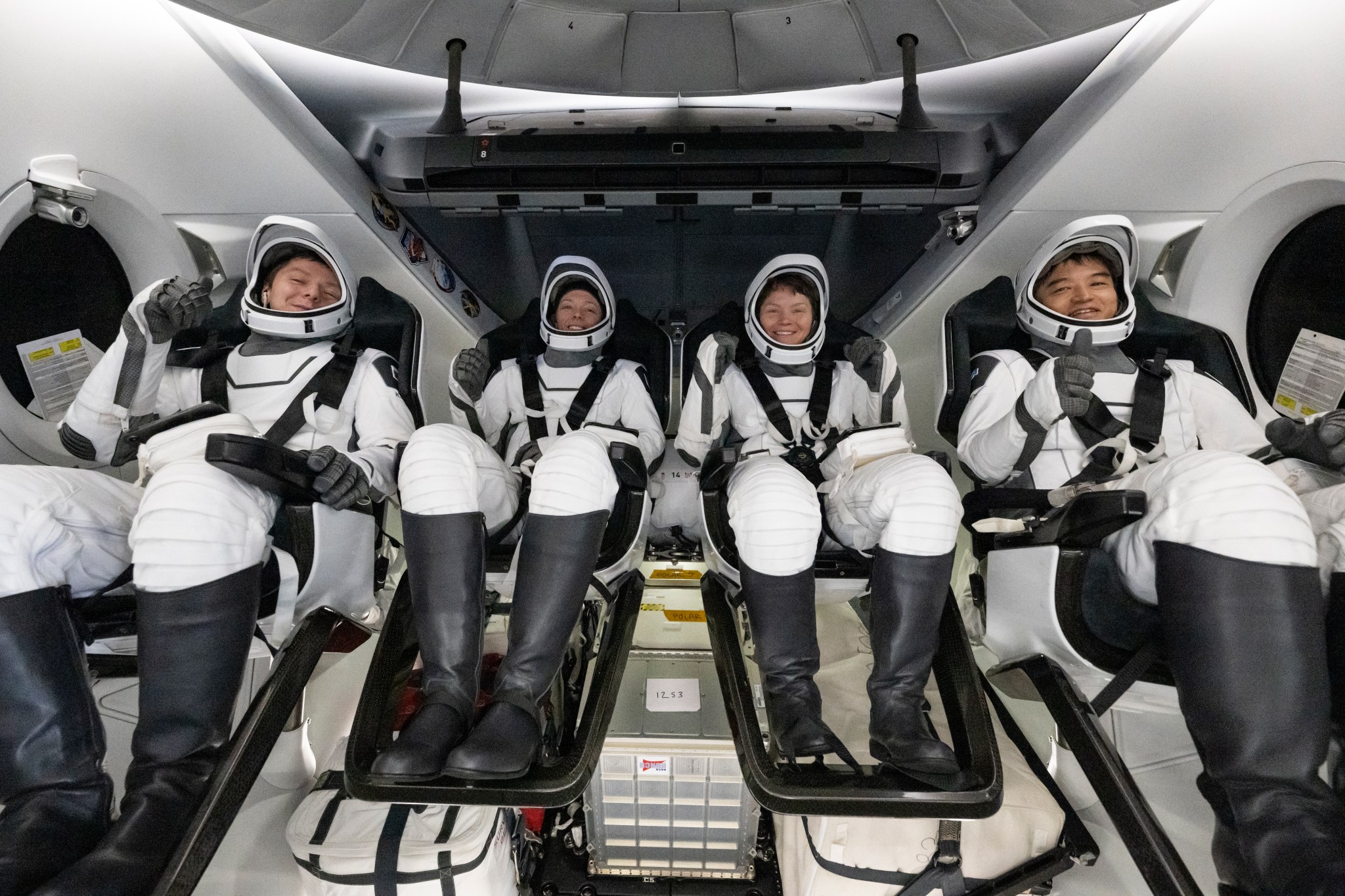Now Reading: K2-18b Does Not Meet The Standards Of Evidence For Life
-
01
K2-18b Does Not Meet The Standards Of Evidence For Life
K2-18b Does Not Meet The Standards Of Evidence For Life


NIRISS/SOSS and NIRSpec/G395H transit spectrum of K2-18b. The spectrum matches that published by M23 after applying a -50 ppm offset to their spectrum. — astro-ph.EP
K2-18b, a temperate sub-Neptune, has garnered significant attention due to claims of possible biosignatures in its atmosphere. Low-confidence detections of dimethyl sulfide (DMS) and/or dimethyl disulfide (DMDS) have sparked considerable debate, primarily around arguments that their absorption features are not uniquely identifiable.
Here, we consider a different question from the astrobiology standards of evidence framework: Have we detected an authentic signal? To answer this, we analyzed previously-published, publicly-available JWST observations of K2-18b using independent data reduction and spectral retrieval frameworks.
Our comprehensive set of reductions demonstrates that the MIRI transit spectrum is highly susceptible to unresolved instrumental systematics. Applying different wavelength binning schemes yields a potpourri of planet spectra that then lead to a wide assortment of atmospheric interpretations. Consequently, we offer recommendations to help minimize this previously-underappreciated instrument systematic in future MIRI reductions of any exoplanet.
While the MIRI binning scheme adopted by Madhusudhan et al. (2025) supports a tentative detection of DMS/DMDS in K2-18b, we find that 87.5% of retrievals using our favored MIRI binning scheme do not. When considering the full, 0.7 – 12 micron transit spectrum, we confirm the detection of CH4 and CO2, and find the presence of DMS and C2H4 to be interchangeable.
Moreover, we find that the tentative presence of large features in the MIRI transit spectrum is in tension with the more robust, yet smaller, features observed in the near IR. We conclude that red noise — rather than an astrophysical signal — plagues the mid-IR data and there is, as yet, no statistically significant evidence for biosignatures in the atmosphere of K2-18b.
Kevin B. Stevenson, Jacob Lustig-Yaeger, E. M. May, Ravi K. Kopparapu, Thomas J. Fauchez, Jacob Haqq-Misra, Mary Anne Limbach, Edward W. Schwieterman, Kristin S. Sotzen, Shang-Min Tsai
Comments: Submitted to AAS Journals
Subjects: Earth and Planetary Astrophysics (astro-ph.EP); Instrumentation and Methods for Astrophysics (astro-ph.IM)
Cite as: arXiv:2508.05961 [astro-ph.EP] (or arXiv:2508.05961v1 [astro-ph.EP] for this version)
https://doi.org/10.48550/arXiv.2508.05961
Focus to learn more
Submission history
From: Kevin Stevenson
[v1] Fri, 8 Aug 2025 02:49:13 UTC (2,514 KB)
https://arxiv.org/abs/2508.05961
Astrobiology,
Stay Informed With the Latest & Most Important News
Previous Post
Next Post
-
 012024 in Review: Highlights from NASA in Silicon Valley
012024 in Review: Highlights from NASA in Silicon Valley -
 02Panasonic Leica Summilux DG 15mm f/1.7 ASPH review
02Panasonic Leica Summilux DG 15mm f/1.7 ASPH review -
 03How New NASA, India Earth Satellite NISAR Will See Earth
03How New NASA, India Earth Satellite NISAR Will See Earth -
 04And Thus Begins A New Year For Life On Earth
04And Thus Begins A New Year For Life On Earth -
 05Astronomy Activation Ambassadors: A New Era
05Astronomy Activation Ambassadors: A New Era -
06SpaceX launch surge helps set new global launch record in 2024
-
 07Space Force plans new ‘Futures Command’ amid pressure to speed up modernization
07Space Force plans new ‘Futures Command’ amid pressure to speed up modernization




















